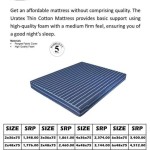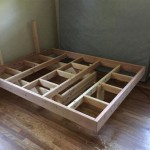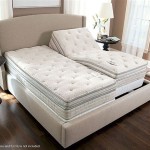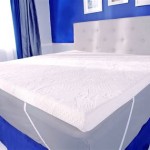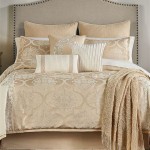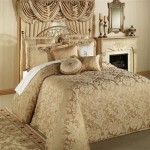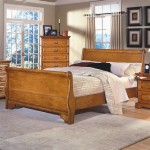Essential Aspects of Diy Queen Bunk Bed
When considering a DIY queen bunk bed, various essential factors should be taken into account to ensure the bed's safety, functionality, and overall suitability. These aspects range from bed frame construction and design to mattress selection and safety considerations.
This article explores the fundamental elements of a DIY queen bunk bed, providing guidance and insights into each aspect. By understanding these key considerations, DIY enthusiasts can approach their project with confidence and create a custom bunk bed that meets their specific needs.
Bed Frame Construction and Design
The bed frame is the foundation of the bunk bed, providing structural support and stability. The choice of materials, such as wood, metal, or a combination of both, will impact the bed's durability and longevity.
The design of the bed frame should consider factors such as the height of the top bunk, the distance between the bunks, and the overall aesthetics of the bed. Proper planning and attention to detail will ensure a bed frame that is both sturdy and aesthetically pleasing.
Mattress Selection
The choice of mattresses for the bunk bed is crucial for comfort and safety. Bunk beds typically accommodate twin-sized mattresses, but queen-sized mattresses can also be used for the bottom bunk.
Mattress thickness and firmness should be carefully considered, especially for the top bunk, where safety is of utmost importance. Firmer mattresses provide better support and stability, while softer mattresses offer increased comfort.
Safety Considerations
Safety is paramount when building a DIY queen bunk bed. Proper construction techniques, secure connections, and the use of high-quality materials are essential to ensure the bed's structural integrity.
Additionally, safety features such as guardrails, ladders with anti-slip surfaces, and adequate spacing between the bunks should be incorporated into the design. Thorough testing and regular inspections are also crucial to maintain the bed's safety over time.
Functional Considerations
Beyond safety and construction, the functionality of the DIY queen bunk bed is equally important. Factors such as ease of assembly, storage options, and the incorporation of additional features should be taken into account.
Modular designs allow for easy assembly and disassembly, while integrated storage drawers or shelves can maximize space utilization. Consider adding a built-in desk or a reading nook to create a multifunctional bunk bed that caters to the needs of the users.
Aesthetic Design
The aesthetic design of the DIY queen bunk bed can complement the overall décor of the space. The choice of materials, colors, and finishes will determine the bed's visual appeal.
From rustic wooden frames to sleek metal structures, the options are endless. Personalize the bunk bed with paint, fabric, or decorative elements to create a unique and stylish statement piece for the bedroom.
Conclusion
Building a DIY queen bunk bed requires careful consideration of essential aspects, including bed frame construction, mattress selection, safety features, functional considerations, and aesthetic design.
By understanding and addressing these key elements, DIY enthusiasts can create a custom bunk bed that is not only safe and functional but also reflects their personal style and meets their specific needs.

17 Easy Steps For A Diy Built In Bunk Bed Start At Home Decor

Diy Queen Over Loft Bed Plan Step By Guide For

Queen Builtin Bunks Reveal Honey Built Home

How To Build An Easy Diy Queen Size Loft Bed For S Thediyplan

Free Diy Furniture Plans How To Build A Queen Sized Low Loft Bunk Bed The Design Confidential

17 Easy Steps For A Diy Built In Bunk Bed Start At Home Decor

How To Build A Diy Queen Size Loft Bed With Desk Thediyplan

Modular Bunk Bed Setup Woodworking Blog S Plans How To Diy Loft

Queen Builtin Bunks Reveal Honey Built Home

Queen Over King Bunk Bed Custom Beds Designs Diy
